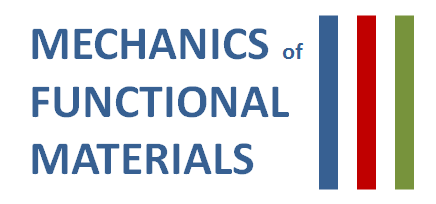Laser Additive Manufacturing of Oxide-Dispersion-Strengthened Steels: A Simulation-Based Comparison Between Powder Bed Fusion and Direct Energy Deposition
New Publication in “Advanced Engineering Materials”
2025/05/26

Authors: Somnath Bharech, Yangyiwei Yang, Timileyin David Oyedeji, Prasanth Bondi, Mareen Goßling, Bilal Gökce and Bai-Xiang Xu
Oxide-dispersion-strengthened steels, characterized by oxide nanoparticles dispersed in a metallic matrix, exhibit high strength at elevated temperatures. Controlling the size and distribution of these dispersoids is crucial for achieving desired properties. Using multiphysics phase-field simulation and associated nanoparticle tracing, this work investigates the thermo-microstructural evolution, melt flow, and nanoparticle dispersion and agglomeration of the manufactured Fe20Cr alloy with 0.5 (wt%) ZrO2 nanoparticle by powder bed fusion (PBF) and direct energy deposition (DED) processes. Results present evident differences in melt residence time and flow patterns between DED and PBF. Dispersion and agglomeration are influenced by their positioning relative to the melt pool geometry. Regions closer to the beam spot center experience longer melt residence times, leading to a higher degree of dispersion, greater interparticle distances, and lower estimated Orowan stress. For the same volumetric energy density, simulations indicate that DED supports better nanoparticle dispersion due to the larger melt pool and consistent flow patterns, distinguished from the erratic melt dynamics in PBF, leading to greater nanoparticle agglomeration. Higher Orowan stress is resolved in the sample by DED as compared to that by PBF.
Link to Article
Advanced Engineering Materials, Published: 26 May 2025


